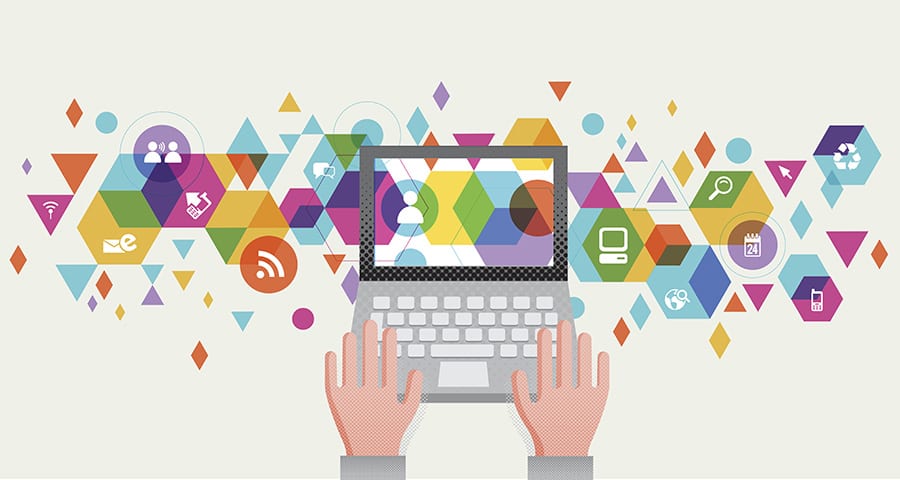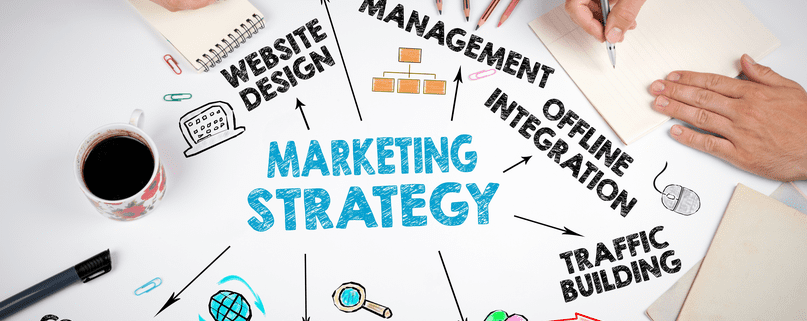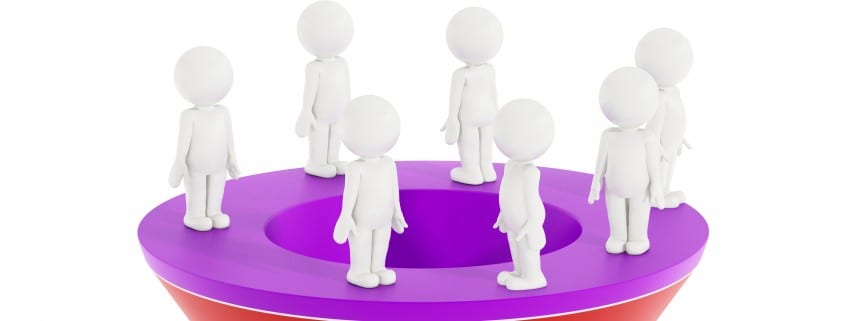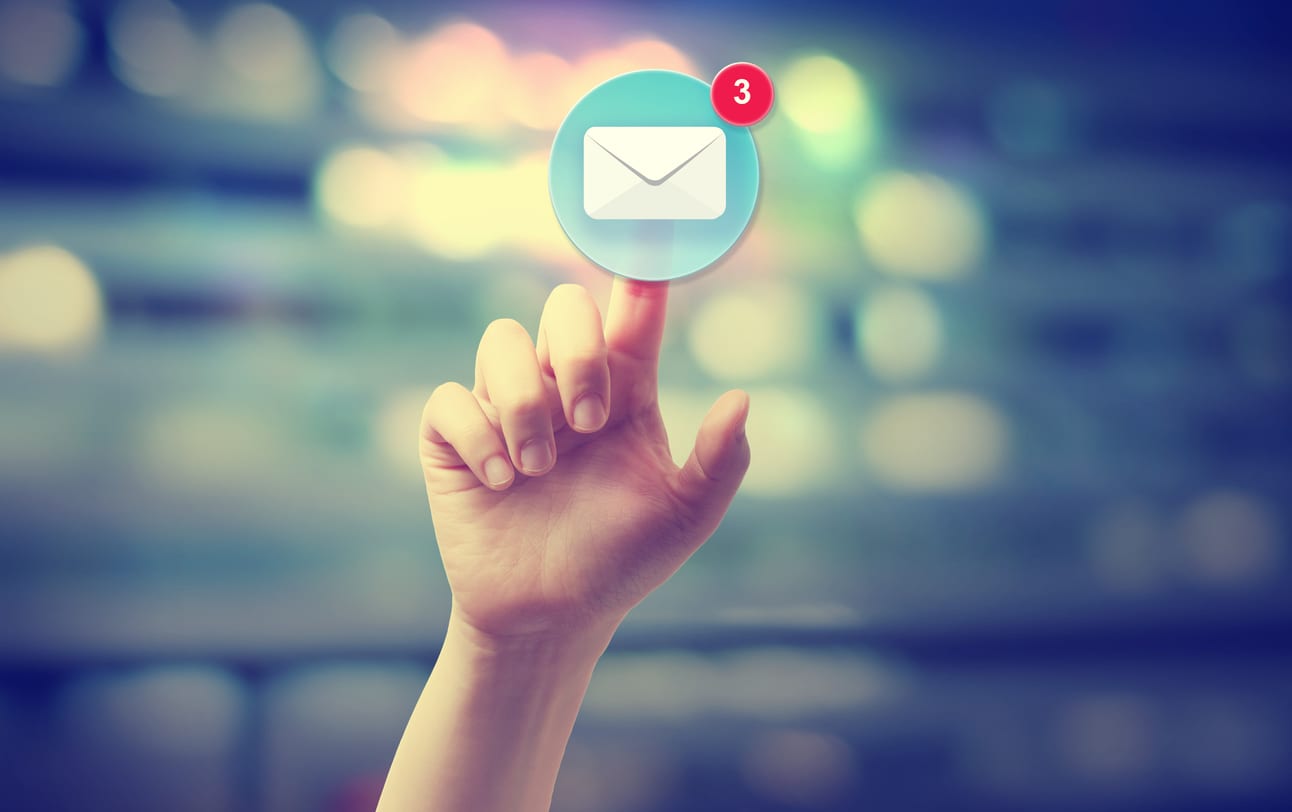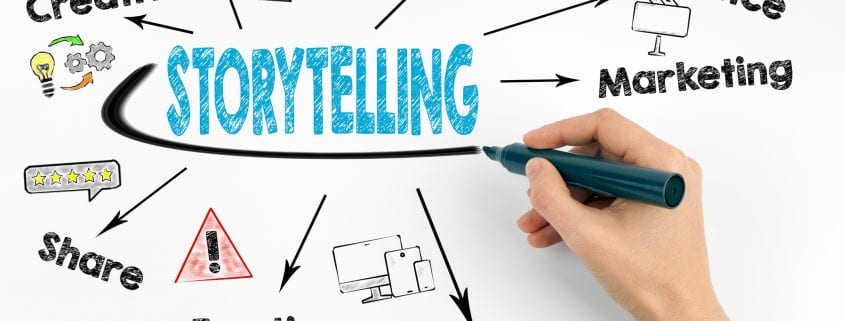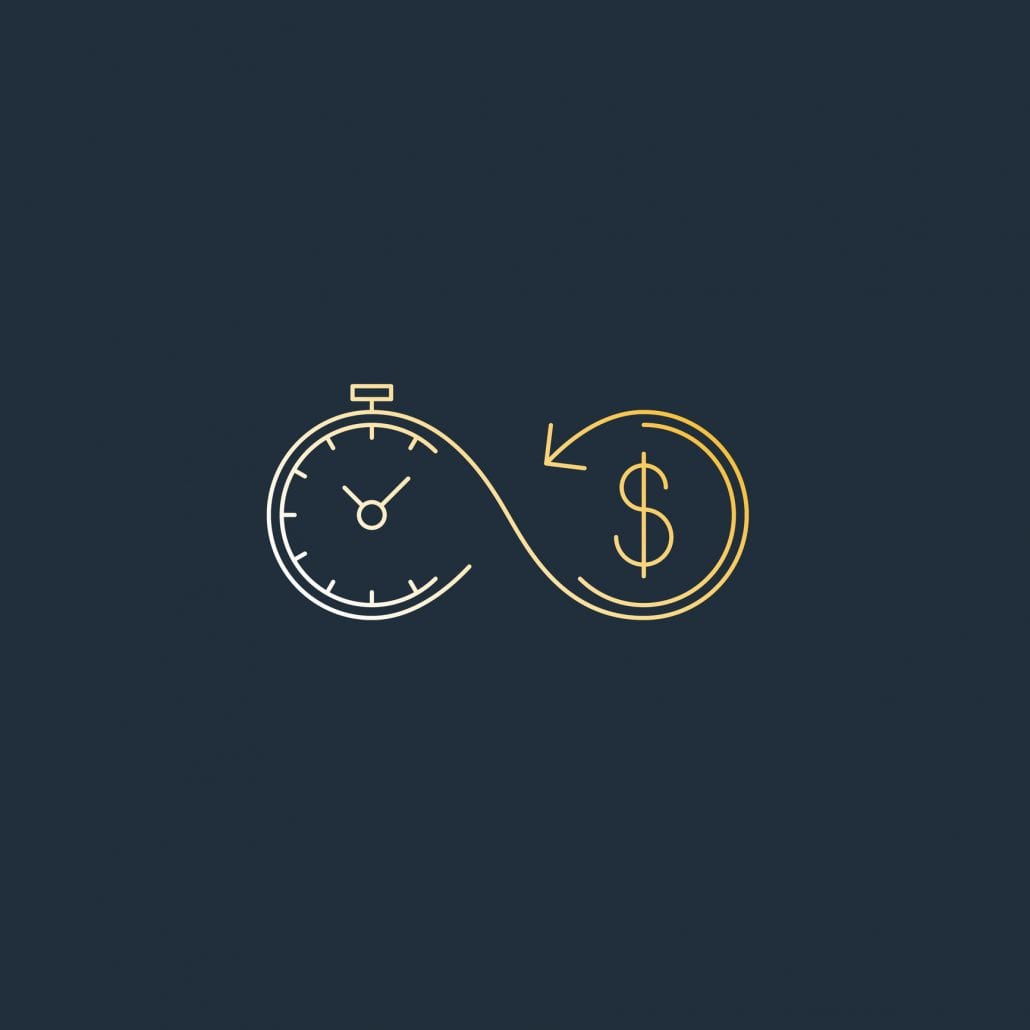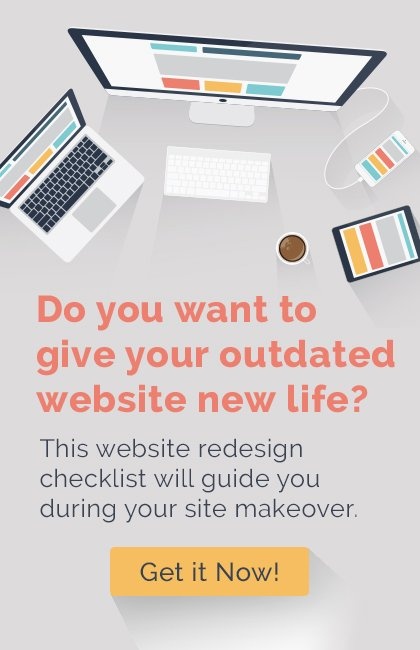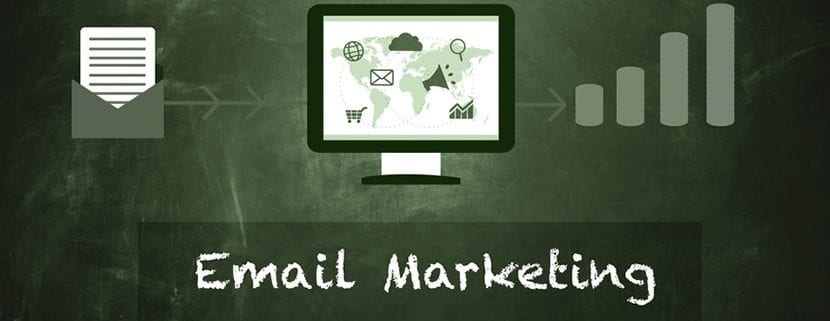
Exploring The Differences Between B2C and B2B Email Marketing
How you market your brand depends greatly on who your audience is, which is why b2c (business to consumer) and b2b (business to business) marketing are very different strategies. As such, your email marketing strategy is going to depend heavily on whether or not you’re marketing b2b or b2c. The following are some of the differences between b2c and b2b email marketing to keep in mind:
Optimal Send Time
Knowing when to send your emails has a big impact on whether or not they’re opened. B2c customers are more likely to check their emails in the evenings or on the weekends since they are busy working during the day. B2b recipients are more likely to open them during work hours since they often check their work email regularly throughout the day.
Spam Filters
Spam filters work a bit differently with b2b and b2c customers. B2b customers often use filters that check for certain keywords before deciding whether to inbox the email or automatically sort it into the junk folder. With b2c customers, it’s more about building a good sending reputation with minimal complaints.
Personalization And Segmentation
While personalization and segmentation are important for both, they’re a bit different. With b2c customers, you’ll want to personalize products and content based on individual taste. With b2b customers, personalization should be a bit more subtle, such as by highlighting new stories within their industry or providing case studies that match their needs.
How Customers Respond
B2b customers buy from people, whereas b2c customers buy from brands. This means that when you send emails to b2b customers, you should expect a potential reply. Make sure that you include contact information, such as a phone number and who the email is from so that it’s easy for b2b recipients to reply. This isn’t as important for b2c customers.
Triggers
Using triggers to automate emails to your b2c customers helps to drive them back to your website. However, email triggers don’t work as well for b2b customers. Instead, use triggers for phone calls from your sales team instead.
Buying Cycles
B2b buying cycles are typically longer than b2c buying cycles. This is because you’re not just nurturing a single type of customer like you would in a b2c situation. Instead, you’re having to nurture a group of decision makers. Not to mention that in b2c situations, customers are more likely to make faster decisions based on emotion.
The Role of Content
Because buying cycles are longer in b2b situations, your customers will benefit more from educational and non-promotional forms of content, such as white papers, whereas b2c customers might be more moved to action by testimonials and case studies right off the bat.
These are some of the differences between b2c and b2b email marketing that you should know before crafting your email marketing campaign. The last thing you’ll want to do is to use b2c tactics for your b2b email marketing strategy (or vice versa) since this will hurt your ability to nurture your leads.






